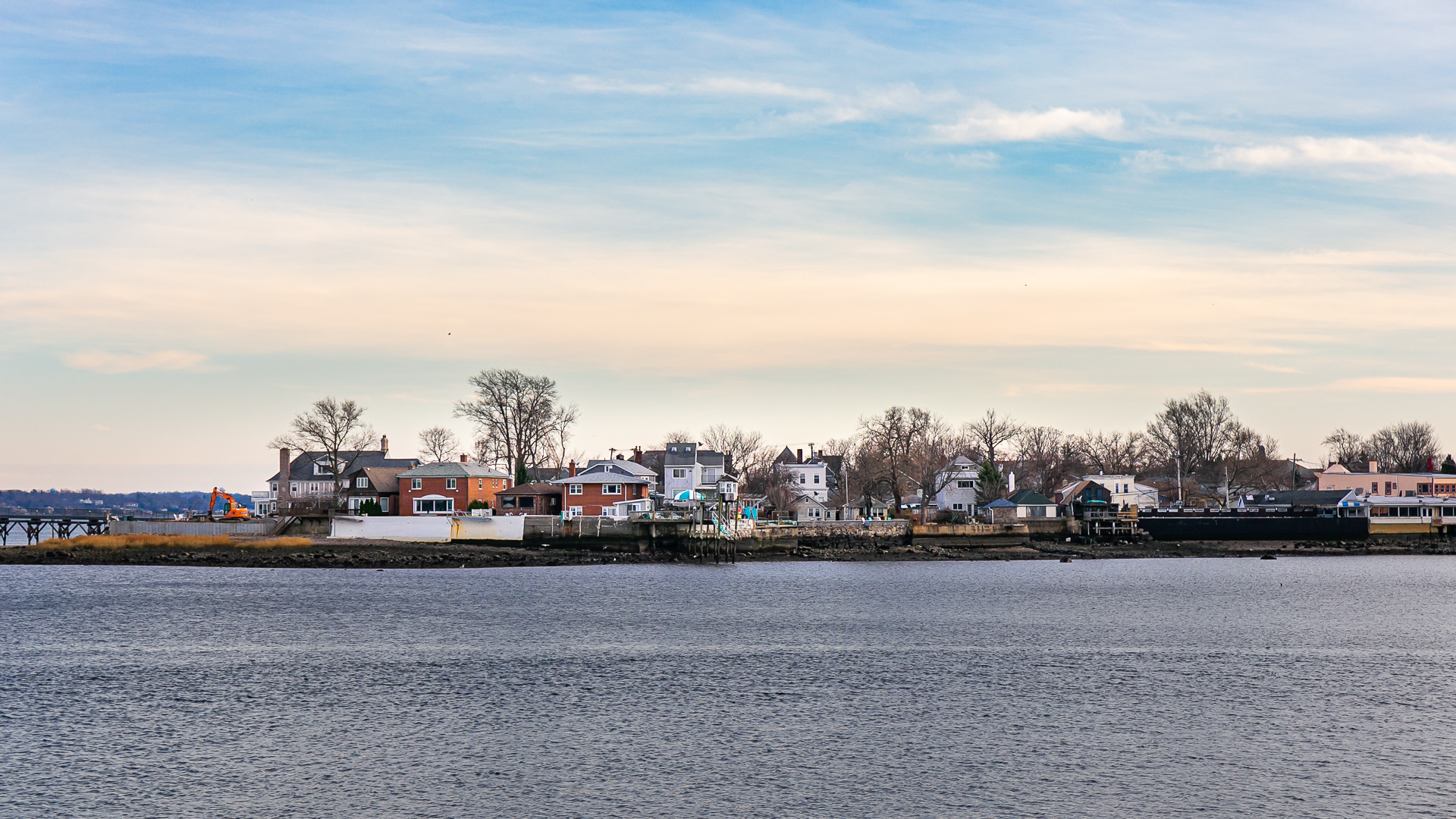
"New York City's sewer system is over a century old. In much of the city, stormwater and sewage still flow through the same pipes. When it rains, even just a 10th of an inch in an hour, the system overflows. These combined sewer overflows (CSOs) happen around 90 to 100 days a year, releasing an estimated 27 billion gallons of untreated waste directly into local waterways. That's the water oysters are expected to filter."
"helping monitor oyster research stations, collecting data on biodiversity and growth, prepping shell piles on Governors Island, and tying knots for cages. I spent time watching the mud crabs and (perhaps a little too enthusiastically) squeezing sea squirts like glorified ocean stress balls. It was hard not to be inspired. These reefs weren't just theoretical solutions. They were alive, and they were bringing the harbor back with them."
Oyster restoration can improve water quality, support biodiversity, and stabilize shorelines, with initiatives introducing over 150 million oysters. Volunteers monitor research stations, collect biodiversity and growth data, prepare shell piles, and maintain cages, observing mud crabs and sea squirts. New York City's century-old combined sewage system overflows about 90–100 days yearly, releasing an estimated 27 billion gallons of untreated waste into waterways. Oysters can filter up to 50 gallons per day but face overwhelming pollution and increasing stress from climate-driven changes in rainfall and water quality, leaving reefs highly vulnerable without substantial investment in wastewater and pollution control.
Read at City Limits
Unable to calculate read time
Collection
[
|
...
]